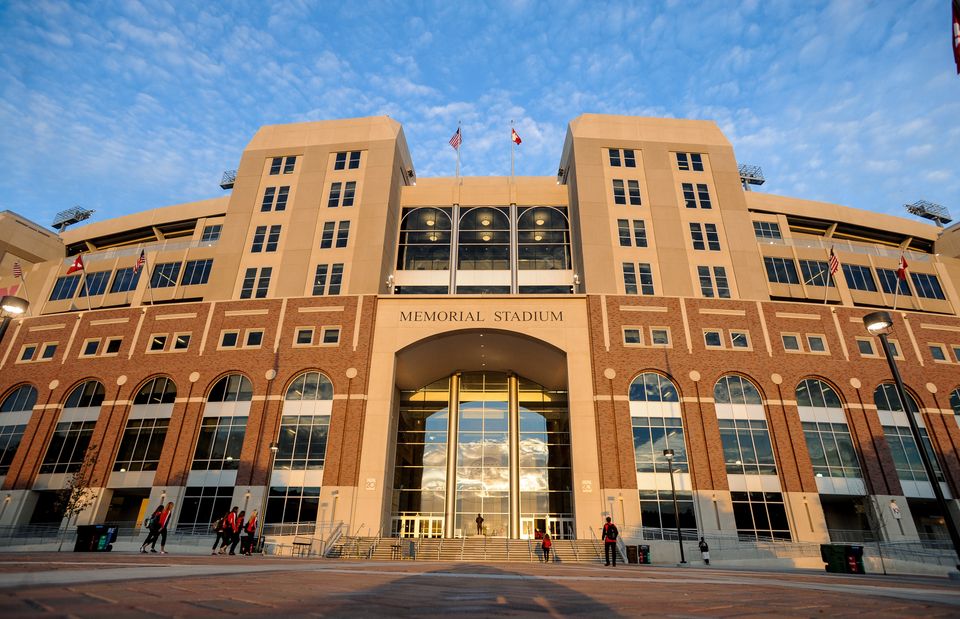
24/7 Wall St.: Provo, Utah, is the metro area with the most content residents in America, according to the recent Gallup-Healthways Well-Being Index. The area with the most miserable residents is Huntington, West Virginia.
To determine the well-being of Americans, Gallup-Healthways surveyed hundreds of thousands of Americans in 189 metropolitan areas in the U.S. in 2012 and 2013. The survey recorded the physical and emotional health of the residents, as well as financial, employment, and social indicators, among others. The resulting Gallup-Healthways Well-Being Index allows for comparisons between places and over time.
One of the six categories that comprised the index was physical health. The category included different health measures, such as the prevalence of certain diseases and conditions. Physical health was a meaningful predictor of how content — or miserable — residents were. The higher a metro area’s score in the Well-Being Index, the more likely its residents were to report good physical health.
For instance, residents of the cities with the highest overall well-being were less likely than most Americans to report being obese. Residents in Boulder and Fort Collins, Colorado, which were among the nation’s most content cities, reported the nation’s lowest and third-lowest obesity rates, respectively. Similarly, residents of most of the content cities were less likely to report that they had diabetes or that they had previously suffered a heart attack.
In America’s most miserable cities, residents were less likely to be in good physical health and far more likely to report unhealthy behaviors. Residents in all of the nation’s 10 most miserable areas were more likely to smoke than the average American. In one of these cities, Charleston, West Virginia, slightly over 35% of people said they smoked — the worst rate in the nation. Respondents in all of America’s most content cities, on the other hand, were less likely to smoke. Six of the most content cities had among the 10 lowest smoking rates.
While income wasn’t a direct measure in the index, differences in incomes were quite prominent between America’s most content and miserable areas. In all but one of the 10 areas with the highest Well-Being Index scores, the median household income was well in excess of the national median of $51,371 in 2012. In San Jose the median household income was more than $90,000 that year, the highest in the country. In two other cities, Honolulu and San Francisco, it was more than $70,000.
Conversely, in each of the 10 cities with the lowest well-being scores, incomes were lower than the typical American household. In three of these metro areas, median household income was less than $40,000 in 2012.
According to Patrick Bogart, director at Gallup, the effects income has on well-being are manifested in different ways. “You have better emotional health, [because] you worry less about money for example,” Bogart said. Higher income can also improve health because it allows access to better food, health care services and medicines.
Educational attainment, too, wasn’t a direct factor in the index but had a strong relationship to peoples’ well-being. Bogart told 24/7 Wall St. that a good education generates opportunities for Americans. “It opens up opportunities to learn or do something interesting; it opens up job or income opportunities that don’t exist [without a higher education],” Bogart said.
In fact, all of the areas with the highest Well-Being Index scores had large populations of college graduates. In Boulder, Colorado, nearly 58% of residents aged 25 and up had at least a bachelor’s degree, the highest rate in the country. In the nation’s most miserable cities, the percentage of adults with a degree was universally lower than the national rate of 29.1%, and in four instances, it was below 20%.
In many cases, content cities often featured major research universities. Provo, Boulder, Fort Collins, and Ann Arbor are all well known for their large academic institutions. And, according to Gallup’s Bogart, “Folks in these college towns have opportunities to learn, to grow, [and] to experience new and interesting things.” Having interesting experiences daily, Bogart added, is critical to overall well-being. “It’s one thing to be physically healthy,” he said. “But to be experiencing something new, to be [frequently] learning something new, really provides a person their identity.”
24/7 Wall St. reviewed the 189 metropolitan areas assessed by the Gallup-Healthways Well-Being Index. This index calculates well-being for the U.S., as well as for states, metropolitan areas and occupations. Scores range from 0 to 100, with 100 representing ideal well-being. The index is composed of six sub-indices that measure access to basic needs, healthy behaviors, work environment, physical health, life evaluation and emotional health. 24/7 Wall St. also considered income, poverty and educational attainment figures from the U.S. Census Bureau, all from 2012. We reviewed local, seasonally adjusted unemployment rates, current as of December 2013, from the Bureau of Labor Statistics. We also considered violent crime rates for 2012 by metropolitan statistical area from the FBI Uniform Crime Report Program.
These are America’s most content and miserable cities.
